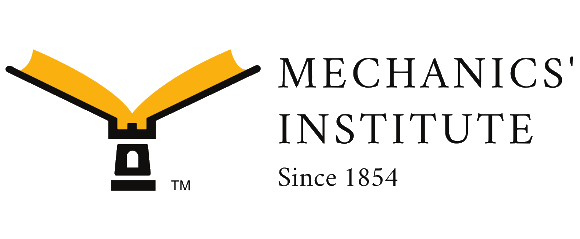January 2012: Photography

[syn=9780817405021]
[syn=9781600596384]
[syn=9781933952512]
[syn=9781402756566]
[syn=9780817439392]
[syn=9781426205163]
[syn=9781600595196]
[syn=9781933952567]
[syn=9781600597862]
Beginning a new year spurs fresh ideas, motivated interests, and new toys and gadgets to play with. Many of you probably received a new camera or a phone or tablet computer with a camera and are eager to get the most out of the device. How you go about using your camera is half the fun the other half is enjoying those photos and having them look as good as possible.The Library has been upgrading and expanding our photography collection over the past year and I’m happy to introduce you to a few titles that might help you make the most of your exciting new hobby. Each book includes beautiful images and colorful pictures to show you the potential and surprising simplicity of the art of photography.
National Geographic Complete Photography (779 N277c) is part reference, part how-to, and part art book. Nothing less should be expected from this outstanding organization known for their iconic photographs from around the world. The book has sections on camera basics, the technology of photography, mastering composition and camera settings, working with subjects, and shooting pictures of nature and wildlife. You can read tips and tricks from the photographers who’ve made a name for themselves through National Geographic and you can also follow along a historical timeline of the art from its humble pinhole camera beginnings all the way through to the iPad.
For those brand new to photography and don’t know the difference between a point and shoot or a DSLR we have Better Photo Basics: The Absolute Beginners’ Guide to Taking Photos Like the Pros (771 M669). By bestselling author and teacher Jim Miotke, his motto is “if you can press a button, you can take great pictures”. The book is designed to be used as a guide and is less technical and more practical with easy tips and quick tricks to greatly improve your photos. A fun section has 20 photography “assignments” where you take your camera out and apply some of the more popular and key lessons from the book.
Not to be confused as a how-to, Jim Zuckerman’s Pro Secrets to Dramatic Digital Photos (775 Z94) is a comprehensive guide book covering just 15 areas for photographic improvement. Designed for the advanced beginner and above, this book aims to improve the quality and artistic look of your photographs. Using detailed advice and presenting beautifully captured and manipulated images, Zuckerman shows how these 15 approaches to different photography concepts can make a big difference in your pictures.
The Wild Side of Photography (775 H29) pushes the art to more extreme levels and offers interesting ideas and DIY projects to make and discover with your camera. Hoping to expand on the creative aspects of photography, this book is short on technique but big on possibilities. Make your own special effects lens from recycled camera parts, strap your camera to a kite and see what kind of pictures you can shoot from above, or try using a periscope to take underwater photos. There are no limits to your photography imagination.
In addition, we have a book about the photographic tool itself Camera: a History of Photography from Daguerreotype to Digital (770.9 G98). Beginning with a description of the camera obscura phenomenon, this book covers the major developments in camera design, the important innovators, classic and historic photographs, and the history of how photography played a role in expanding our vision of the world. With over 350 pictures and detailed descriptions of cameras from past and present including images of these cameras’ finished product, this is a truly comprehensive pictorial history of the all important instrument of photography.



